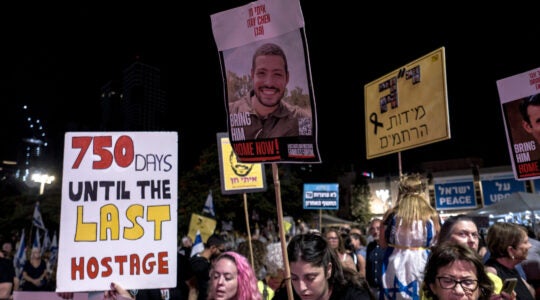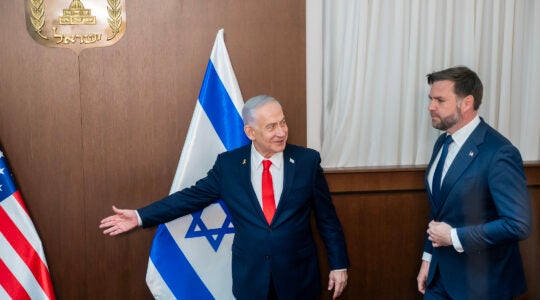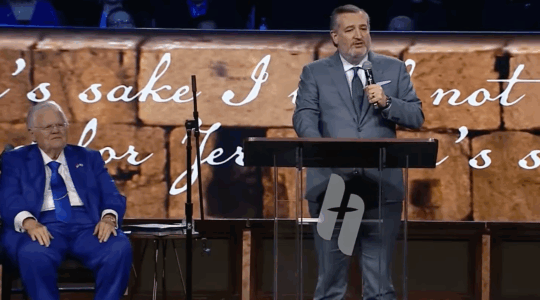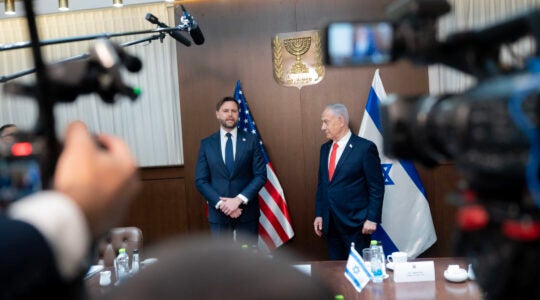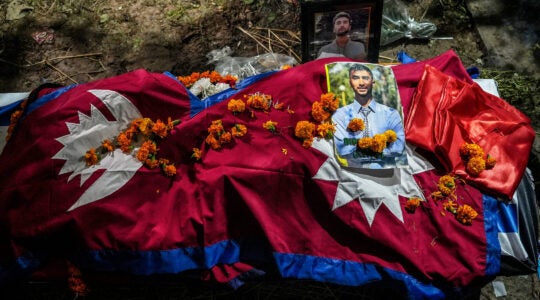(JTA) — A new study, which the Israeli Education Ministry has claimed is inaccurate, has found that the government spends nearly twice as much per Jewish student in isolated West Bank settlements as on the average Israeli pupil.
According to the new study by the Tel Aviv-based Macro Center for Political Economics, which according to its website is an “autonomous organization” that “combines scholarly research with economic efficiency,” Israel spends $3,420 per student each year in small settlements east of the security fence compared to a national average of $1,721, Ynet reported.
The study, reported on in Israeli media outlets Monday, also found that students in isolated settlements enjoy lower student-teacher ratios than the national average. Compared to settlements in large blocs west of the security fence, like Gush Etzion, these smaller, outlying settlements are considered less likely to stay under Israeli control in the event of a negotiated peace deal with the Palestinians.
“The study found that there is a particularly high investment in resources in the Judea and Samaria area, specifically in isolated settlements east of the separation fence,” said Roby Nathanson, the center’s director general, according to Ynet. “This is a policy of adding jobs and funds to these settlements, on the expense of cities and communities in the north and south that have been defined as ‘national priority areas.'”
However, the Education Ministry said in a statement released in response to the Macro Center’s study that it actually spends less in the West Bank per student than the national average, and that the class size in West Bank settlements is only slightly smaller (27.2 compared to 28) than the national average.
Nathanson said that the center’s study is based on data “from credible sources,” including reports from the Central Bureau of Statistics, the education, economy and finance ministries, and the Israeli Civil Administration. The data, he said, is from 2013.
In a related development, Haaretz reported that the Jerusalem municipality is spending $3 million to build a large mikvah in the eastern part of the city in a Jewish section within the predominantly Arab neighborhood of Ras al-Amoud. The neighborhood has only 100 Jewish families, but proponents of the new ritual bath argue that it will also serve Jewish families from other eastern Jerusalem neighborhoods.
JTA has documented Jewish history in real-time for over a century. Keep our journalism strong by joining us in supporting independent, award-winning reporting.

